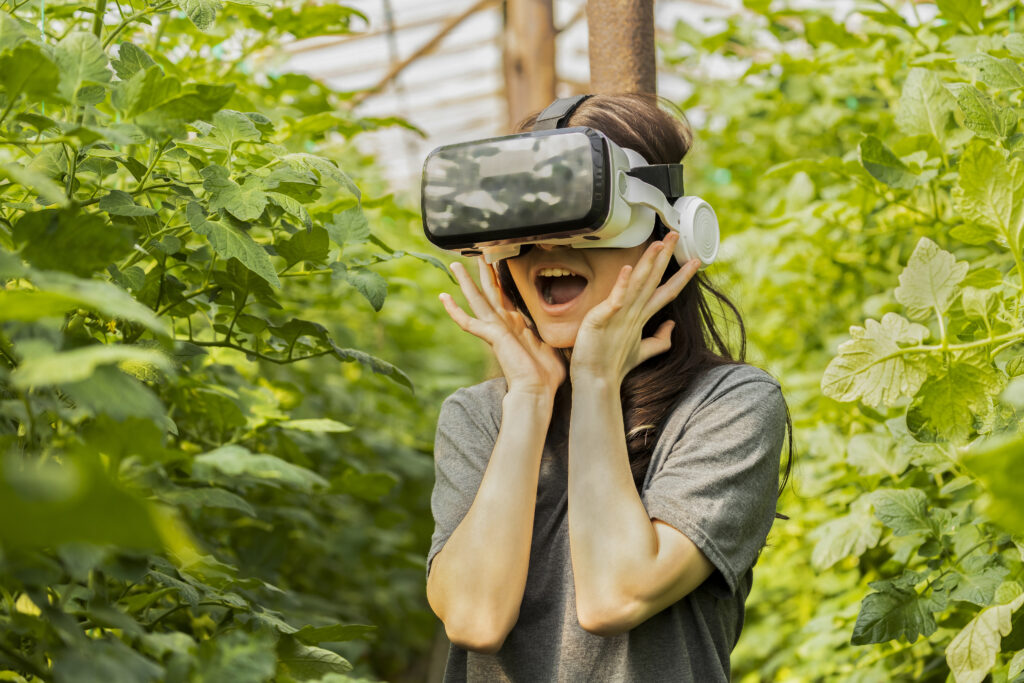The Benefits of Using Virtual Reality in Education
In recent years, the combination of virtual reality (VR) technology into education has emerged as a transformative force, offering plenty of advantages that enhance the learning experience. As we probe into the 21st century, traditional teaching methods are giving way to innovative approaches, and virtual reality stands at the forefront, reshaping the scene of education. This article explores the countless benefits of incorporating virtual reality into the classroom, highlighting its potential to revolutionize how students learn and educators teach.
1. Immersive Learning Environments

One of the primary benefits of utilizing virtual reality in education is the creation of fascinating learning environments. VR technology enables students to step inside historical events, explore far-off places, or even travel through the human body—all from the comfort of their classrooms. Instead of merely reading about historical events or scientific concepts, students can experience them firsthand, fostering a deeper understanding and connection to the subject matter. This captivating approach engages students on a sensory level, making learning more memorable and impactful.
2. Enhanced Engagement and Motivation

Traditional classrooms often contend with keeping students engaged and motivated. Virtual reality addresses this challenge by providing an interactive and dynamic learning experience. The novelty of VR captures students’ attention, turning education into an exciting adventure. Whether dissecting a virtual frog in biology class or exploring the architectural wonders of ancient civilizations, students are more likely to be motivated and actively participate in their learning when immersed in a virtual environment. This increased engagement can lead to better retention of information and a more positive attitude toward learning.
3. Tailored Learning Experiences

Every student is unique, with different learning styles and preferences. Virtual reality offers the possibility of tailoring educational experiences to individual needs. With VR, students can progress at their own pace, revisiting challenging concepts or speeding through material they grasp quickly. Customizable virtual scenarios cater to diverse learning styles, ensuring that visual, auditory, and kinesthetics learners all have opportunities to thrive. This adaptability promotes inclusivity and helps educators address the varied needs of their students more effectively.
4. Skill Development and Practical Training

Beyond traditional subjects, virtual reality is particularly powerful in developing practical skills. Replications in VR can reproduce real-world scenarios, offering students hands-on experience without the associated risks or costs. For instance, aspiring medical professionals can practice surgeries in a virtual operating room, while future engineers can troubleshoot complex machinery. This practical training not only increases technical skills but also promotes critical thinking, problem-solving, and decision-making abilities, preparing students for the demands of their future careers.
5. Global Collaboration and Cultural Understanding

In an interconnected world, fostering global awareness and collaboration is crucial. Virtual reality facilitates international collaborations by breaking down geographical barriers. Students can engage in virtual exchange programs, collaborating on projects with peers from different countries and experiencing each other’s cultures in a virtual space. This not only promotes cultural understanding but also prepares students for a globalized workforce where cross-cultural communication and collaboration are essential skills.
6. Overcoming Physical Limitations

Virtual reality has the potential to democratize education by overcoming physical limitations. Students with mobility challenges or those in remote areas with limited access to quality education can benefit significantly from VR technology. Virtual classrooms provide an inclusive environment where all students, regardless of physical location or abilities, can participate actively in the learning process. This inclusivity aligns with the principles of accessible and equitable education for all.
7. Cost-Efficiency in Education

Traditional educational resources, such as textbooks, laboratory equipment, and field trips, often come with substantial costs. Virtual reality offers a cost-effective alternative, allowing schools to invest in a single VR system that can be utilized for a wide range of subjects and experiences. This not only reduces the financial burden on educational institutions but also ensures that students have access to a various collection of learning facilities without the need for wide resources.
8. Real-Time Feedback and Assessment

Assessment is a crucial aspect of the learning process, and virtual reality enhances the feedback loop between educators and students. VR platforms can provide real-time performance metrics, allowing teachers to assess students’ progress and understanding instantly. This immediate feedback enables educators to adapt their teaching strategies to address specific challenges or reinforce key concepts, fostering a more dynamic and responsive learning environment.
9. Environmental Impact and Sustainability

As the world grapples with environmental challenges, virtual reality offers a sustainable solution to reduce the carbon footprint associated with traditional educational practices. Virtual classrooms eliminate the need for paper, transportation, and other resources typically consumed in traditional learning settings. By embracing VR technology, educational institutions contribute to environmental sustainability and instill eco-conscious values in the next generation.
10. Future-Ready Skills for Students

In a time characterized by fast technological advancements, preparing students with future-ready skills is crucial. Virtual reality not only exposes students to cutting-edge technology but also cultivates skills such as adaptability, digital literacy, and tech skill. As industries increasingly integrate virtual and augmented reality into their workflows, students familiar with these technologies will be better equipped for the demands of the modern office.
Conclusion
The integration of virtual reality in education marks a significant leap forward in how we approach learning. By creating immersive, engaging, and inclusive environments, VR technology has the potential to revolutionize education at all levels. As we continue to explore the vast possibilities of virtual reality, it is crucial for educators, policymakers, and technology developers to collaborate in connecting this transformative tool for the benefit of students worldwide. The future of education is undoubtedly being shaped by the virtual lands that unlock new dimensions of knowledge and understanding.

